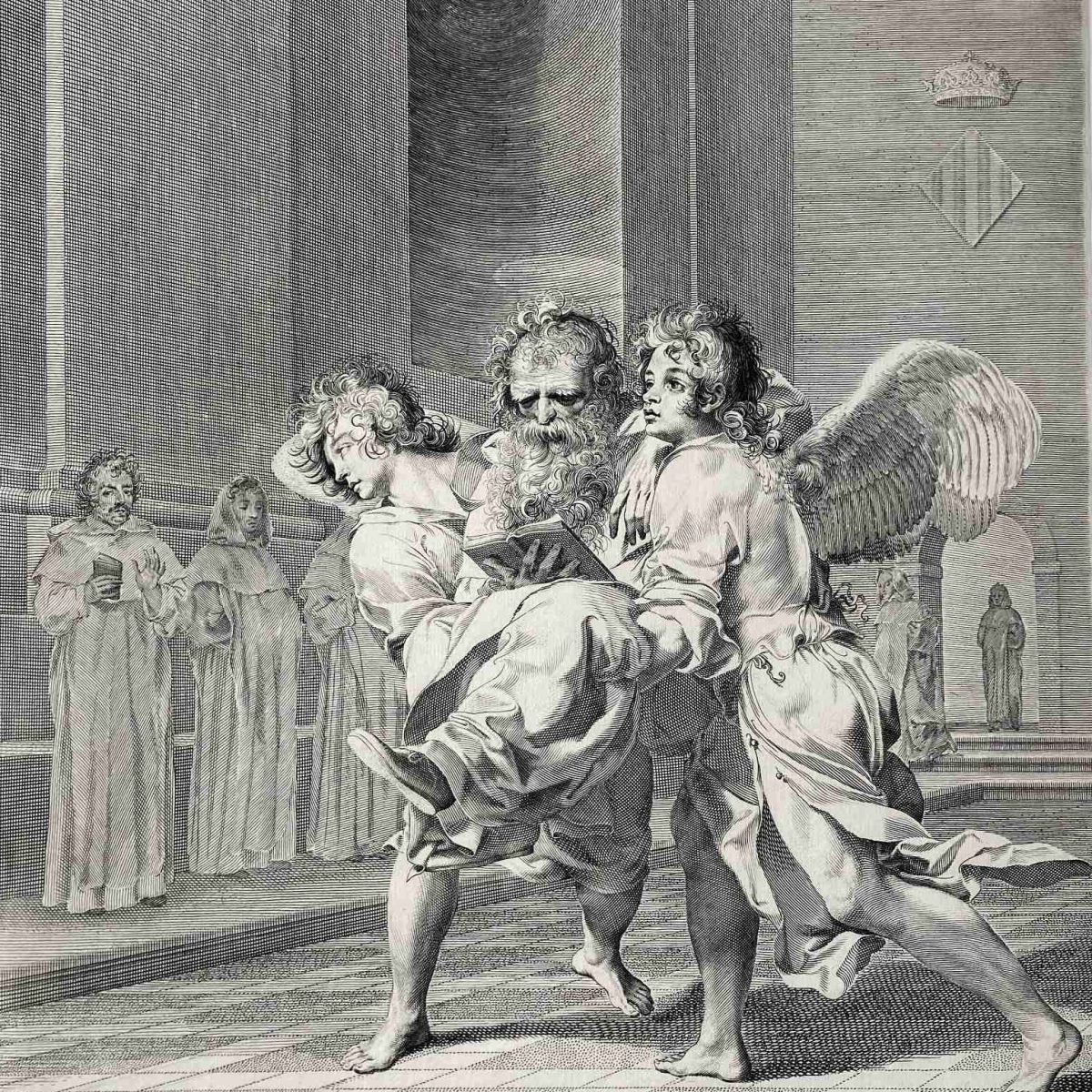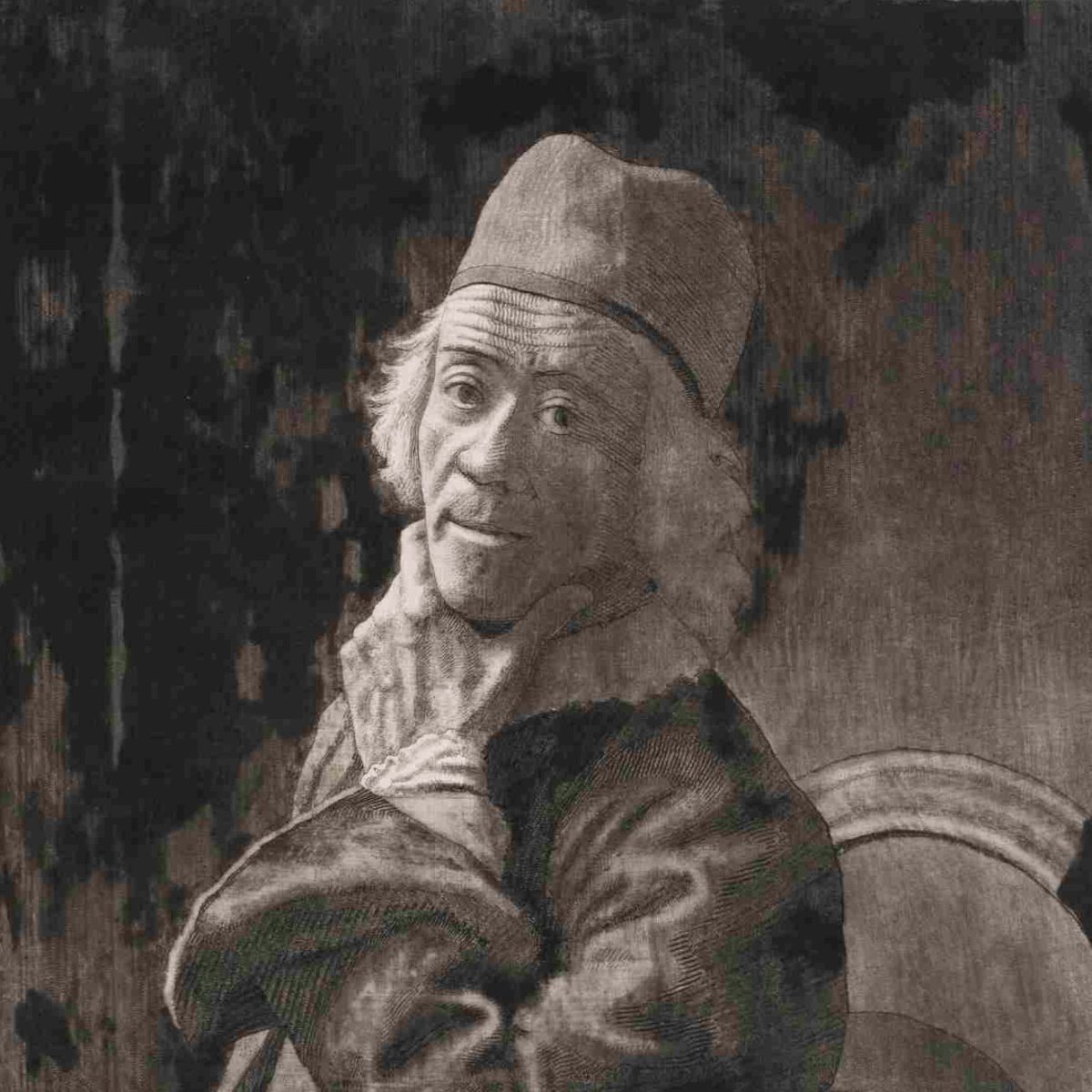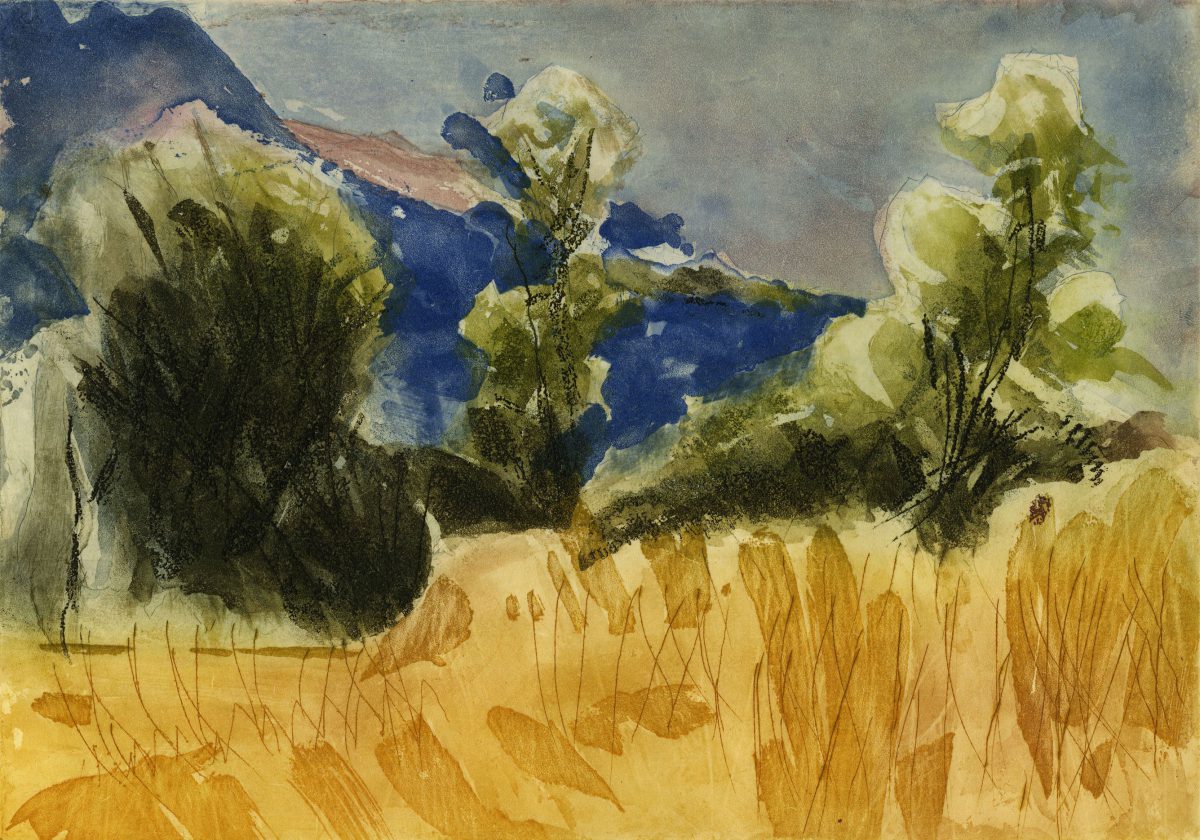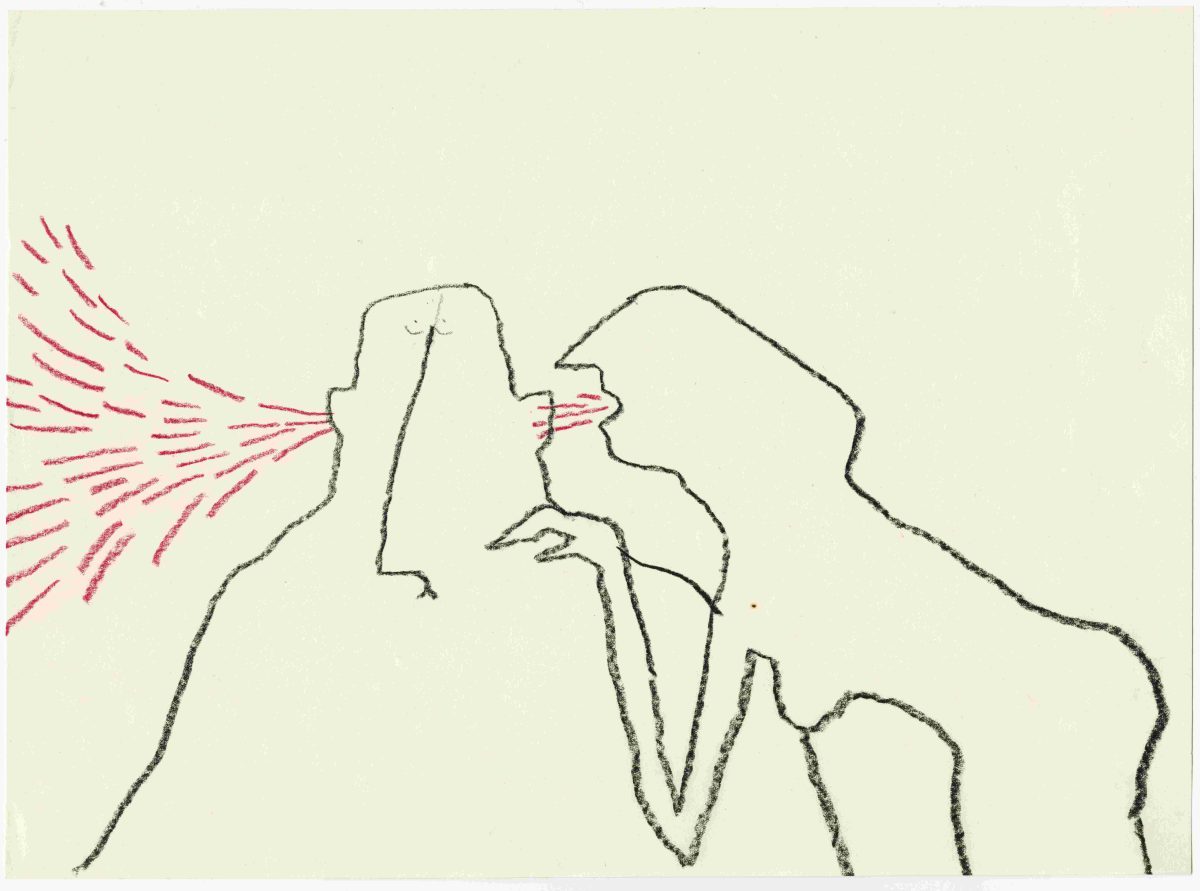The Fondation William Cuendet & Atelier de Saint-Prex has recently acquired this remarkable piece by Claude Mellan, which Maxime Préaud, the leading expert on the engraver, describes as one of his most exceptional works. This acquisition enhances the Fondation’s significant collection of this artist, built thanks to the generosity of Isabelle and Jacques Treyvaud and Gérard de Palézieux.
In the Mélanges offered to Arnauld Brejon de Lavergnée in 2012 (Paris, Editions Librairie des Musées), Maxime Préaud provided the following details about this plate: “Sturdy as three-quarter rugby players, two handsome teenagers with curly hair à la Simon Vouet are depicted carrying an old man, burdened by his pain and lost in thought, to church so that he may attend mass. This elder figure is Peter Nolasco, founder of the Order of Our Lady of the Ransom, whose mission was to buy back Christians who had been held hostage by the Barbary pirates—whether by collecting the ransom or by substituting himself for the captives, possibly suffering martyrdom in the process.
The Order was founded on 10 August 1218, a few days after the simultaneous night-time apparitions of the Virgin Mary to Nolasco, who was already involved in rescuing captives, and to King James I of Aragon. The King’s friendship and support for the Order are symbolized by the coat of arms of Aragon (four gules pallets on a gold field) and the royal crown, which appear in print on the church wall and in the lower margin.
Nolasco is thought to have been born in 1190 and to have died in 1249, which means he was not as old as Mellan’s image seems to suggest. This said, he may have suffered from some physical ailment. His biographer recounts that, unable to attend Christmas Mass, he despaired and lamented that ‘the emotional transfer of the soul of our blessed father was immediately followed by an effective transfer of his body, for without knowing how it happened, he suddenly found himself in his place in the choir, to the admiration of all those present’.
The unkempt beard and disheveled hair, as well as the engraver’s skill, show that the saint belongs to the “club of the unkempt,” a style initiated by Caravaggio and embraced by Mellan, as one sees clearly in the portraits he engraved of those close to him. The group’s splendid Baroque realism – with the angels disrobed and their wings revealed – almost feels sculpted by Bernini, contrasting the neutral, Cistercian background of the windowless nave, where one can just make out a row of monks who witness this little miracle.
Vouet, Caravaggio, and Gian Lorenzo Bernini: the work of Claude Mellan clearly reflects the influence of this great trio. Having spent barely three years in Rome, Mellan composed and engraved this masterpiece, showcasing how quickly he attained a knowledge of the masters and a technical virtuosity, having studied the prints of Gilles Sadeler and Francesco Villamena.
The members of the Order of Our Lady of Ransom sought have their founder canonised by Pope Urban VIII. Mellan’s commission, initiated by Brother Luis Aparicio, their representative in Italy, was part of this broader campaign. The Catalan monk also appears in the print (he is the first on the left) and in the dedication to Juan Cebrian, the Master General of the Order. They successfully won their case when Urban was canonised on 30 September 1628. ‘



